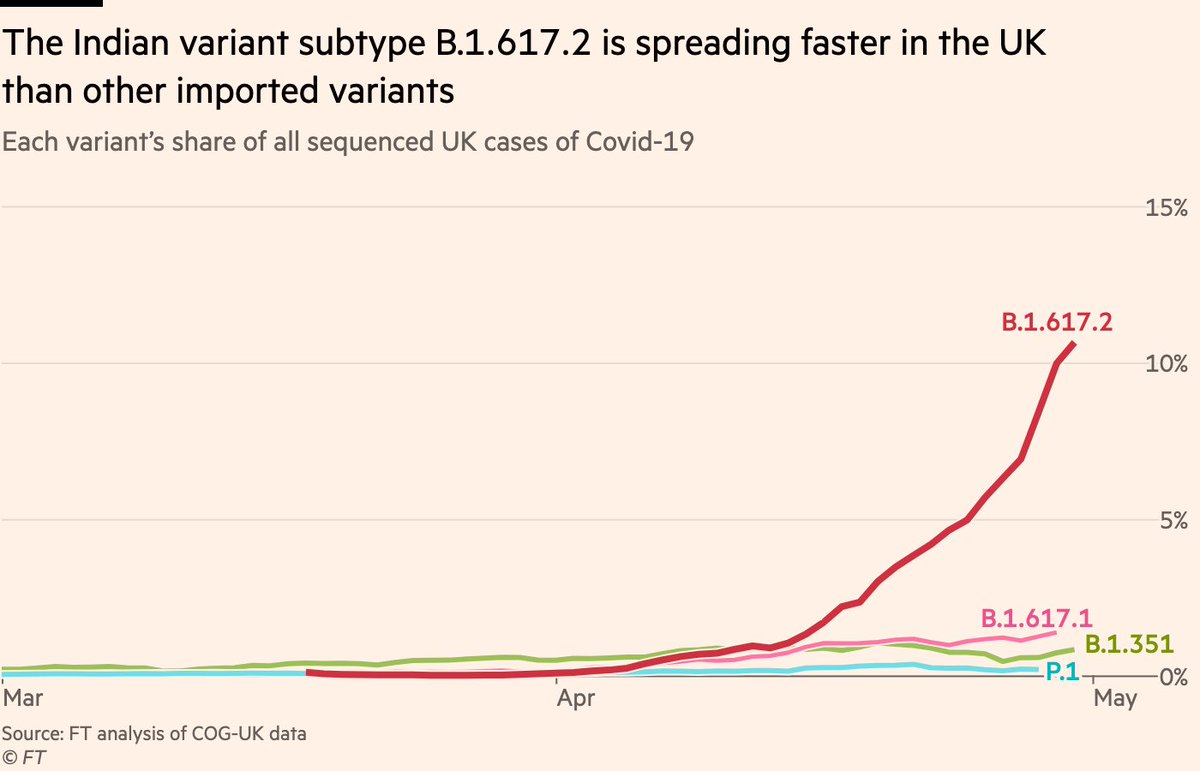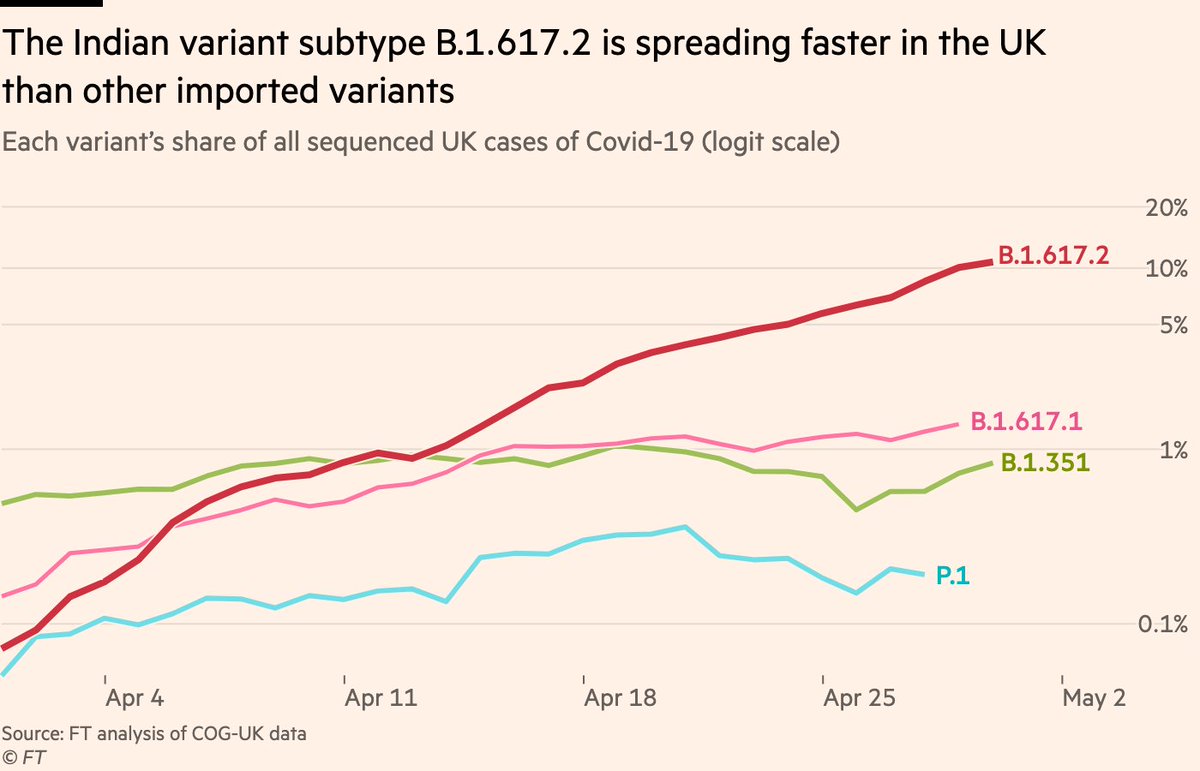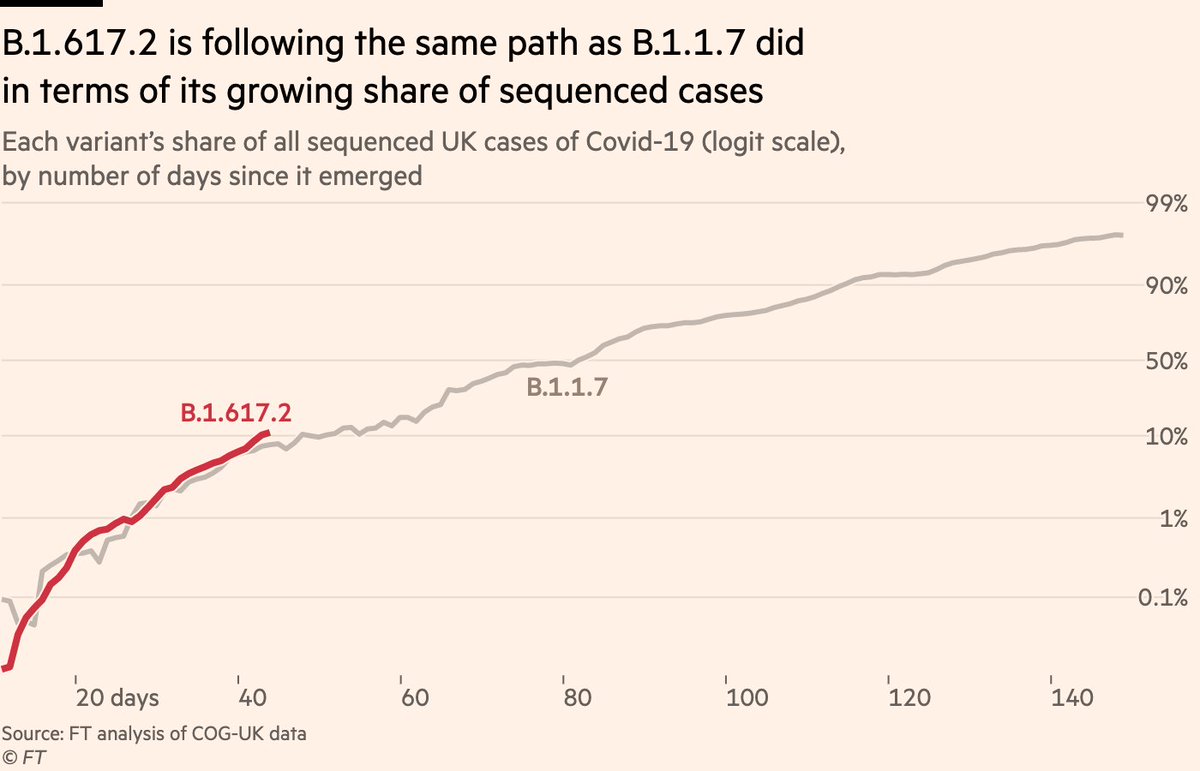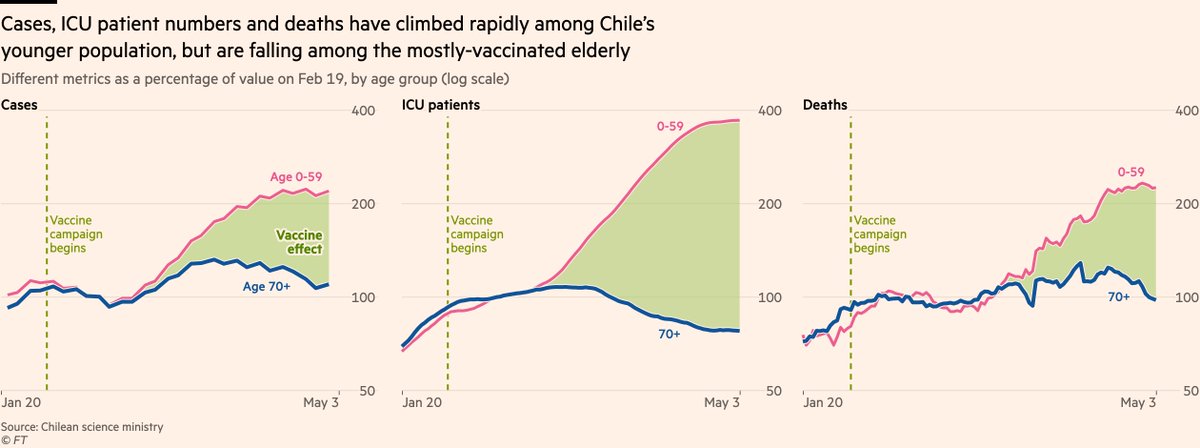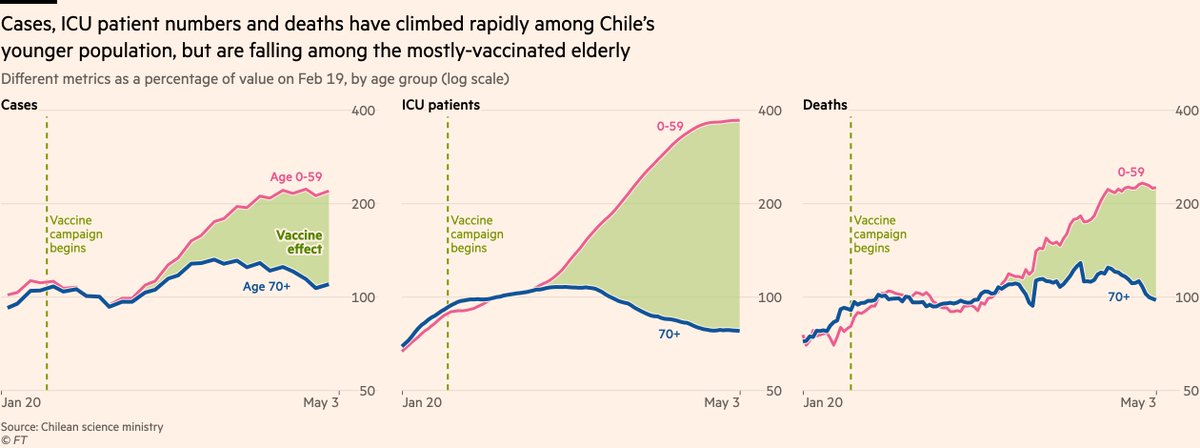
Here's the latest from @AnnaSophieGross and I on the Indian variant, digging into how serious a threat it is currently believed to pose ft.com/content/eb158a…
One thing I think it's important to be clear about is that public health officials and epidemiologists are looking extremely closely at this stuff.
To the extent that policy has not followed one particular path or another, it's because the people looking at the evidence have yet to determine where it points. This is the scientific method, not complacency.
It's not clear if there is any vaccine escape, or if so how much (it's unlikely any escape would apply to severe disease). It's likely but by no means certain that there is increased transmissibility, and if so it's not clear how much.
Epidemiological modellers and their models disagree over exactly how a new variant of increased transmissibility x% would pan out.
We're covering the developments as closely as possible, whichever direction they point in, and bringing them to you as we get them.
You can follow all our coverage of the pandemic here ft.com/coronavirus
You can follow all our coverage of the pandemic here ft.com/coronavirus
And here's this morning's thread summarising what we do know so far
https://twitter.com/jburnmurdoch/status/1393124817902133249
• • •
Missing some Tweet in this thread? You can try to
force a refresh




